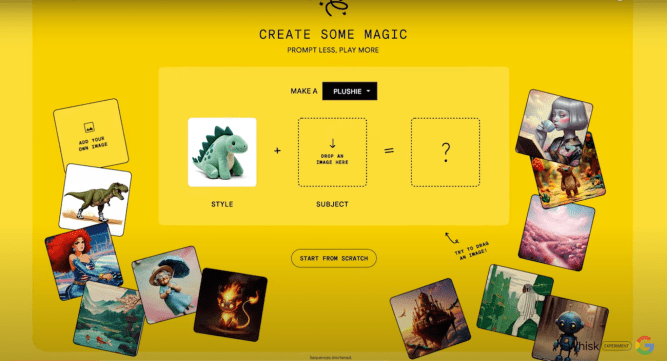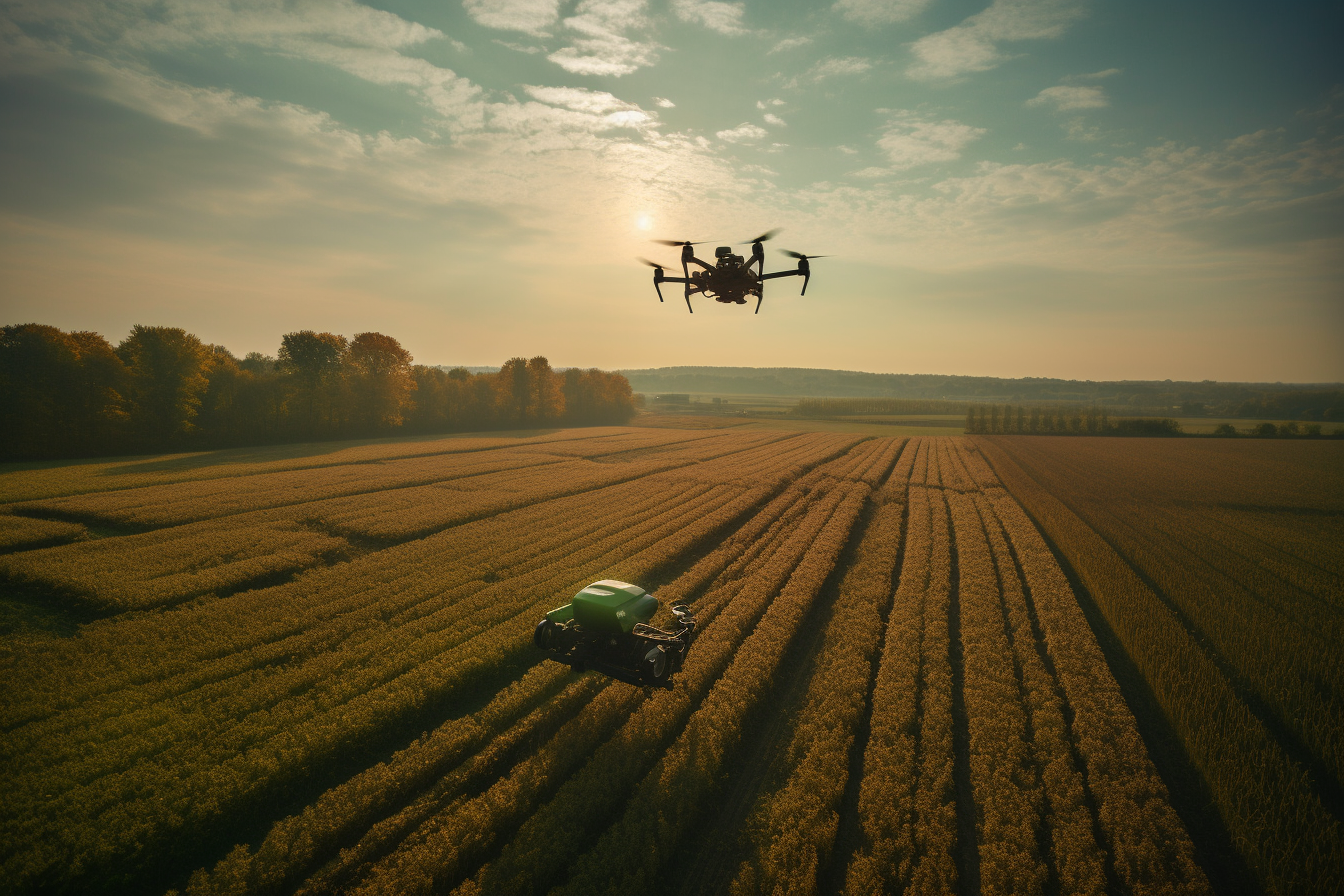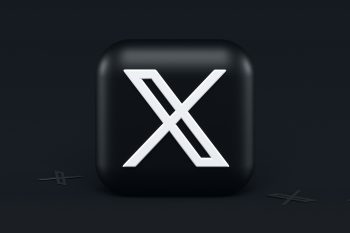Introduction
Google’s experimental arm, Google Labs, has been at the forefront of groundbreaking innovations. Among its latest projects is Whisk, an innovative image generator that redefines how users create and remix images through text prompts. By allowing individuals to tweak subjects, scenes, and styles, Whisk offers a fresh approach to image manipulation, promising endless possibilities for creativity.
How It Works
Whisk leverages Google’s advanced image-generation model, Imagen 3, to combine three distinct images: one for the subject, another for the scene, and a third for the style. For instance, users can upload an image of themselves as the subject, pair it with a futuristic landscape, and select an anime aesthetic to craft a unique, synthesized output.
The model goes beyond mere generation; it creates detailed captions that guide Imagen 3 in producing the desired image mix. Users can further refine their vision by inputting text prompts, providing descriptions such as "Subject is riding a flying bike." This dual approach ensures that even non-experts can achieve sophisticated results with ease.
Examples of Whisk’s Capabilities
Let us delve into some practical examples to illustrate Whisk’s potential. Imagine a user uploading an image of a serene mountain scene. By selecting this image as both the subject and scene, they could experiment with various styles—classical art, modern digital art, or even hand-drawn doodles—to create a one-of-a-kind piece.
Another example: a user might take an image of a bustling cityscape and use it interchangeably as both the subject and scene. This allows them to explore the fusion of real-world imagery with abstract artistic expression. Whisk’s versatility is truly remarkable, offering endless possibilities for creativity.
Limitations
Despite its potential, Whisk is not without its drawbacks. The model’s reliance on three separate images can sometimes lead to unexpected results. For example, while the subject might retain their recognizable features, other elements like height or weight could vary significantly from the original input. Similarly, the scene and style images may combine in ways that do not always align with user expectations.
This trade-off between precision and creativity is a common challenge in AI-generated art. While Whisk may occasionally produce results that deviate from desired outcomes, its potential for innovation far outweighs these limitations. Google has even provided users with the ability to edit underlying prompts at any time, ensuring flexibility and adaptability within the system.
Availability
Currently, Whisk is exclusively available to U.S.-based users. However, Google has expressed interest in expanding its accessibility to other regions globally. The company’s commitment to making its tools inclusive and accessible reflects its dedication to fostering creativity across diverse user bases.
Related Articles
Microsoft Accuses Group of Developing Tool to Abuse Its AI Service
[Kyle Wiggers]AI | 2 days ago
AIChatGPT: Everything You Need to Know About the AI-Powered Chatbot
[Cody Corrall]Alyssa Stringer] | Jan 3, 2025
The Promise and Perils of Synthetic Data
[Kyle Wiggers]Dec 24, 2024
TechCrunch Daily News
Every weekday and Sunday, you can get the best of TechCrunch’s coverage.
Add TechCrunch Daily News to your subscription choices | TechCrunch AITechnoLgyCrunch’s AI experts cover the latest news in the fast-moving field.
Add TechCrunch AI to your subscription choices | TechCrunch ImageCrush provides a curated selection of the best images on the web.
Add TechCrunch ImageCrush to your subscription choices | TechCrunch VideoCrush curates the best video content for you to watch.
Add TechCrunch VideoCrush to your subscription choices
Related Links
TechCrunch Daily News and Other Related Links | [Author Name]AI


